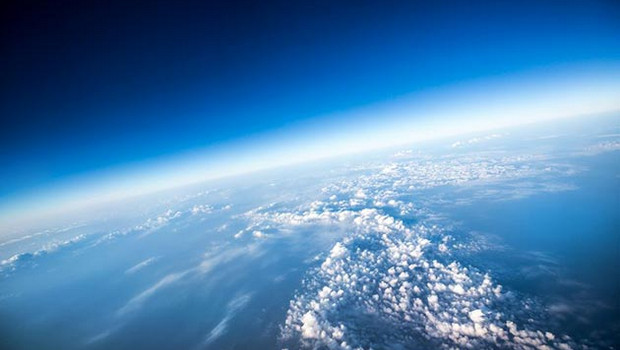Mysterious rise in CFC11 emissions

An ozone depleting CFC refrigerant, thought to be virtually extinct following Montreal Protocol phase outs, has mysteriously reappeared in increasing amounts in the atmosphere.
Thirty years or more ago CFC11 (R11) was commonly used as a refrigerant and insulation propellant. Recognised as an ozone depleter under the Montreal Protocol, R11 was banned along with other common CFC refrigerants R12 and R502.
The USA ceased production in 1996 and other countries agreed to phase out CFC production by 2010. Since 2006, countries have reported close to zero production of CFC11. However, starting in 2013, emissions of CFC11 have been rising again, according to a study by a team at the National Oceanic and Atmospheric Administration, published in Nature magazine.
The new analysis of atmospheric measurements show that from 2014 to 2016, emissions of CFC11 increased by 25% above the average measured from 2002 to 2012. It is thought that about 13,000 tonnes a year has been released since 2013.
The most likely source, according to the study, is from new, unreported production from an unidentified source in East Asia.
“We’re raising a flag to the global community to say, ‘This is what’s going on, and it is taking us away from timely recovery of the ozone layer,” said NOAA scientist Stephen Montzka, the study’s lead author. “Further work is needed to figure out exactly why emissions of CFC11 are increasing, and if something can be done about it soon.”
The findings of Montzka and his team of researchers from the Cooperative Institute for Research in Environmental Sciences (CIRES), the UK, and the Netherlands, represent the first time that emissions of one of the three most abundant, long-lived CFCs have increased for a sustained period since production controls took effect in the late 1980s.
CFC11 is the second-most abundant ozone-depleting gas in the atmosphere because of its long life and continuing emissions from a large reservoir of the chemical in foam building insulation and appliances manufactured before the mid-1990s. A smaller amount of CFC11 also exists today in older refrigerators and freezers.
As a result of the controls, CFC11 concentrations have declined by 15% from peak levels measured in 1993. Though concentrations of CFC11 in the atmosphere are still declining, they’re declining more slowly than they would if there were no new sources, Montzka said.
While the new analysis can’t definitively explain why emissions of CFC11 are increasing, but Montzka suspects covert production. “In the end, we concluded that it’s most likely that someone may be producing the CFC11 that’s escaping to the atmosphere,” he said. “We don’t know why they might be doing that and if it is being made for some specific purpose, or inadvertently as a side product of some other chemical process.”
If the source of these new emissions can be identified and controlled soon, the damage to the ozone layer should be minor, Montzka said. If not remedied soon, however, substantial delays in ozone layer recovery could be expected.
